Financing: A look back – What are the options for users? How long will the party last? - by Ralph Perna
Circa 1981, the prime rate was 11%, mortgage rates for commercial and industrial projects were 14%, and money market rates on deposits at Chemical Bank were 19 and 20%. Who could imagine? The prime rate hit an all-time high of 13% in1984 –“Wow!” How were we ever able to conduct business with such interest rates while trying to maintain business momentum? In addition, how were companies able to afford to buy, renovate and refinance, and still remain competitive? The good news is that at that time there was little or no global economy. Now let’s fast forward to 2016. Today’s prime rate is 3¼% and mortgage rates for commercial / industrial users are 4.25%. If you have better than average financials, you may qualify for a long-term fixed rate.
The requirements of the lenders vary from institution to institution. Some charge 1 or 1/2 of a point and others charge no points; depending on the financial strength of the company, as well as the debt to equity ratio. Other parts of the equation include: maintaining certain balances with institutions, personal guarantees, and companies incorporating asset-based lending and working capital. These are the primary factors that determine the likelihood of one obtaining a loan commitment.
So where is the flexibility in a lender’s parameters? It can be found when the lender’s first mortgage position is in the 50 to 60% range because the exposure is a lot less than 75% to 80% loan to value. So what other programs are available to help companies purchase, renovate and expand their businesses?
During the 1980s, the “go to” secondary lender was a Job Development Authority (JDA). The JDA is a New York State run financing arm that provided secondary financing up to 40% of the project cost which allowed the purchaser to include renovations of the building. Then, in the late 80s and early 90s, the state decided not to engage the program.
In its place, the Small Business Administration (SBA) came on very strong and certainly filled the gap, which was necessary to keep our Long Island-based companies and economy moving forward in a positive direction.
Today, the JDA is back in action and aggressively looking to fund companies in the second position and, coupling with a first conventional mortgage at 50%, providing 90% financing to owner /users.
The fees for a secondary financing loan will vary. The SBA will incorporate their fees as part of the loan and finance them over the typical 20-year schedule at a fixed interest rate at the time of closing. However, the expenses can be as much as 3½% of the amount of the secondary loan. This is in contrast to the JDA, which offers a one-time, one% fee of the secondary loan, either payable at the time of closing, or which will incorporate that fee within the loan. It should be emphasized that both the SBA and JDA have added tremendous value to Long Island based companies.
In an active real estate market as is the current market, you have multiple companies negotiating for the purchase of the same building. An overriding factor that will sway a seller to proceed is when a purchaser waves a condition to obtain financing. This can provide tremendous leverage for a purchaser, when competing for a building. However, there is a risk factor. In the event of unforeseen issues wherein the financing is suddenly not available and a company needs necessary capital to continue its growth, that business can find itself in a very precarious position.
What can we expect moving forward? Good question. In my 40 years in the industry, I have never seen interest rates as low as they have been and for as long as they have been. By far, the low interest rates have been an overriding factor in the expansion and appreciation of our market, for values of commercial/industrial properties.
The fed has been very cautious regarding raising the rates. As I and everyone else would suspect, this may cause uncertainty in businesses, subsequently causing them to place their potential expansion plans on hold which, in turn, and may prompt a slowdown in our economy. So at the end of the day, with all this said, the banks and the low interest rates have been an overriding factor in our business expansion for the last seven years. But the question that always comes in to play is, “How much longer will the party last?” Stay tuned...
Ralph Perna is the executive managing director of Newmark Grubb Knight Frank, Melville, N.Y.
Suffolk County IDA supports expansion of A&Z Pharmaceuticals


The evolving relationship of environmental consultants and the lending community - by Chuck Merritt
When Environmental Site Assessments (ESA) were first part of commercial real estate risk management, it was the lenders driving this requirement. When a borrower wanted a loan on a property, banks would utilize a list of “Approved Consultants” to order the report on both refinances and purchases.



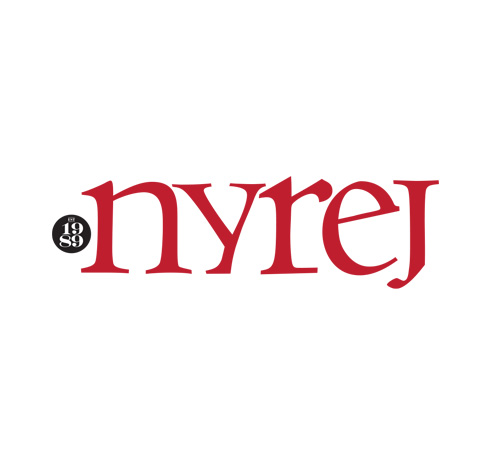
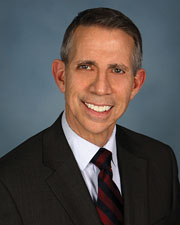
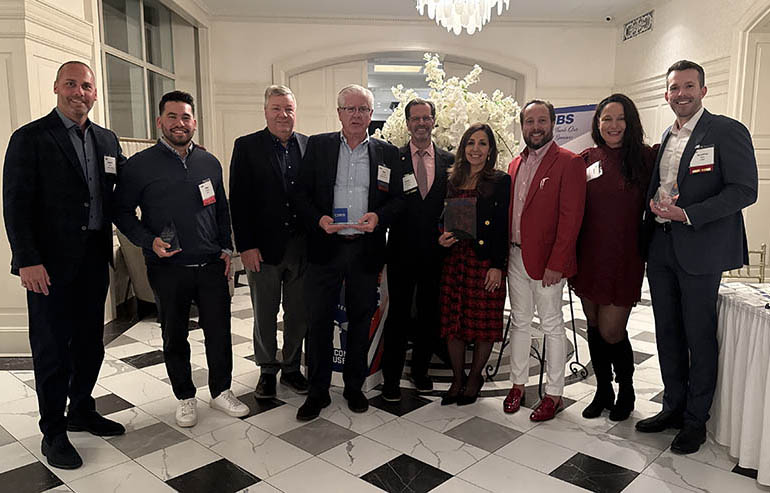
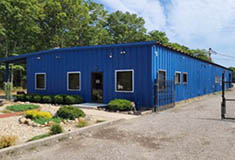
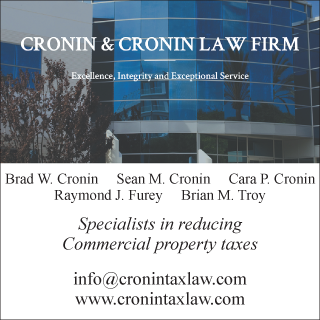


.jpg)